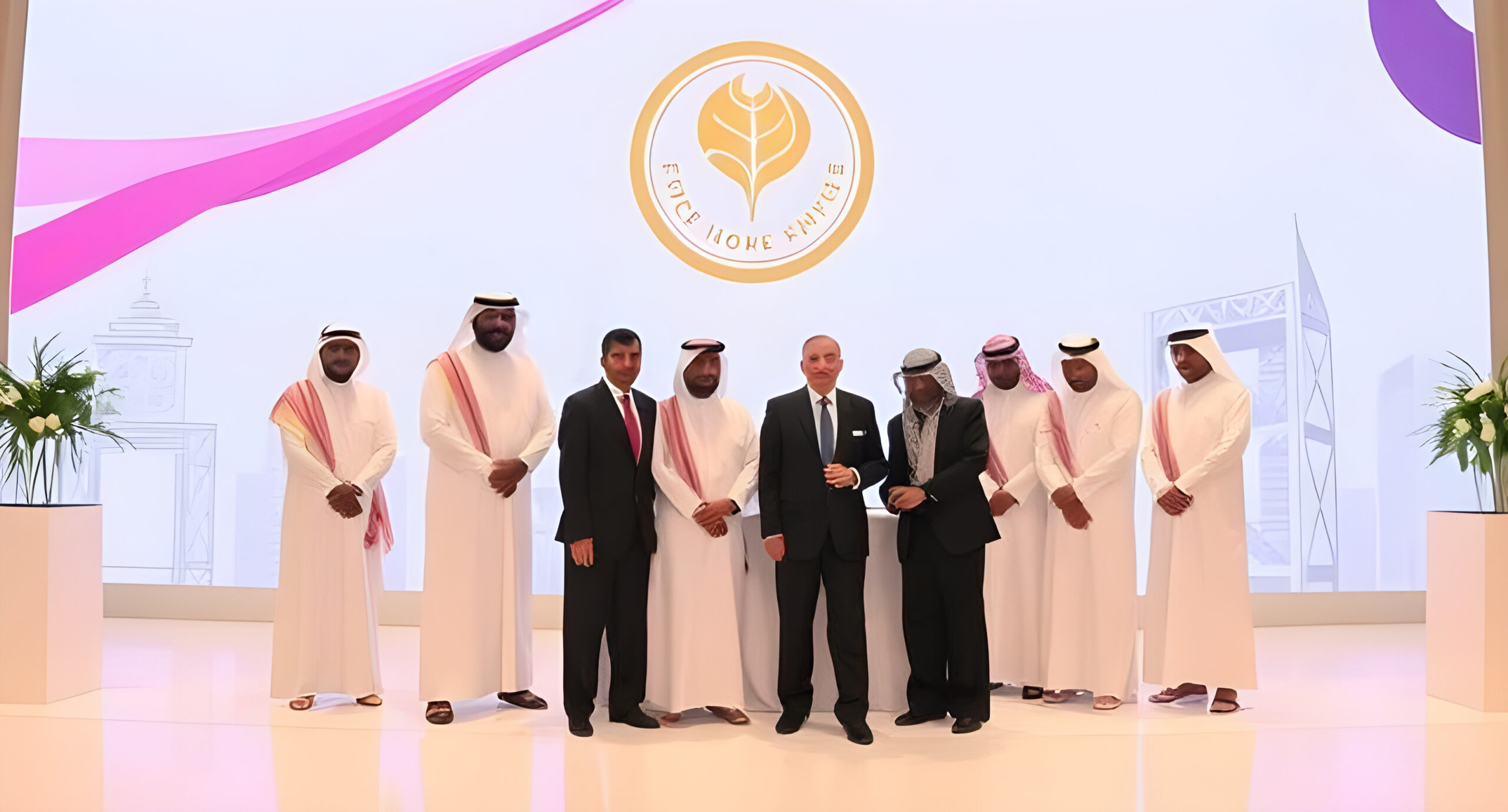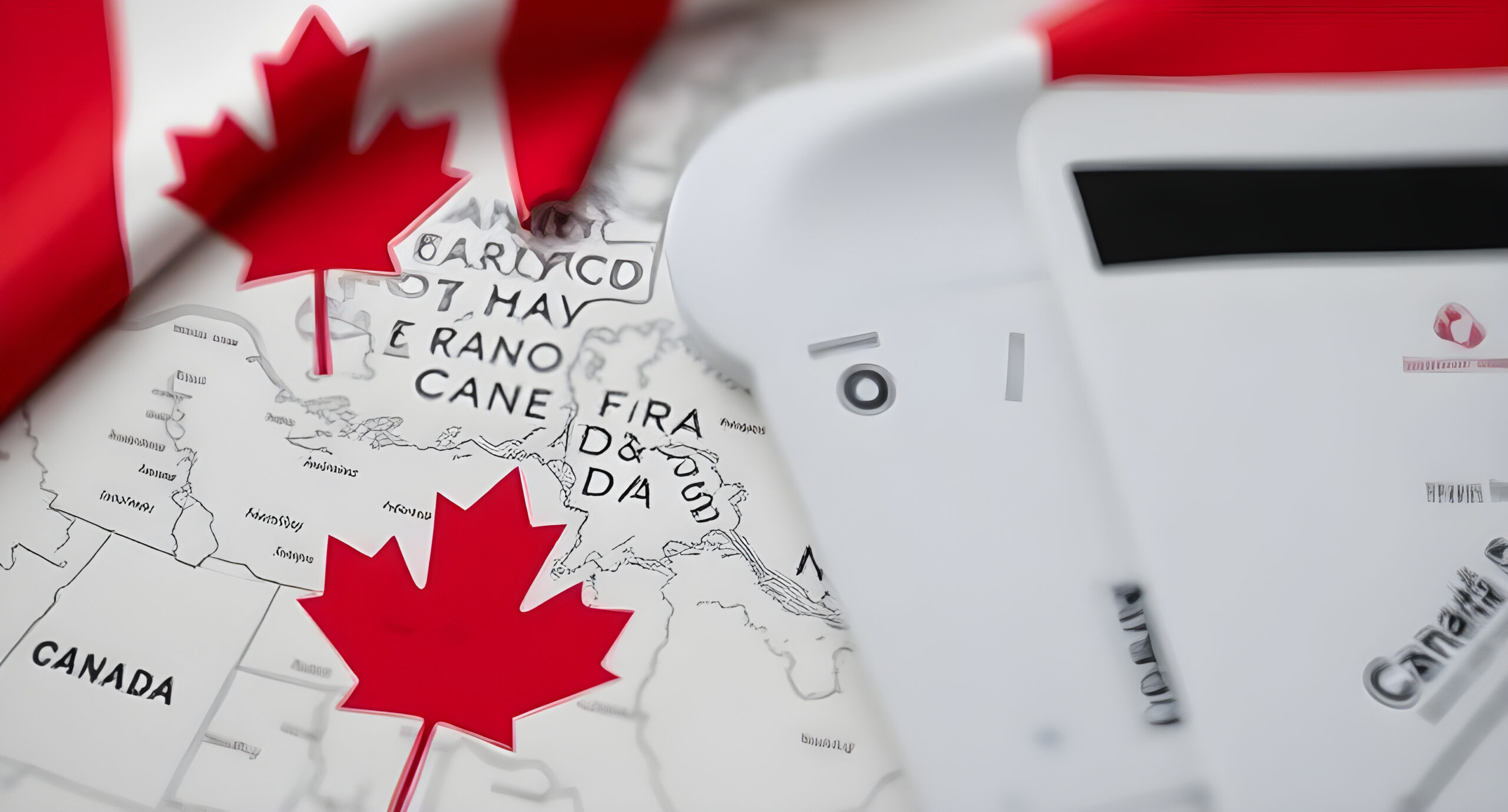The United Arab Emirates (UAE) is generally considered a region with low to moderate seismic activity, not located on any major active seismic belts. Despite this, the country remains vulnerable to both near-field and far-field earthquake ground motions. Historical records show that the UAE has not experienced devastating earthquakes, but minor tremors have been felt. For instance, in February 2006, a mild tremor was reported in Dubai and Sharjah, triggered by a 5.9 magnitude earthquake in Iran. This event caused panic among residents, leading to evacuations from high-rise buildings, although no damage or injuries were reported.
Experts have emphasized that the UAE’s distance from earthquake epicenters, such as those in Iran, significantly reduces the impact of seismic activity. Professor Dr. Azm Al Homoud noted that the distance and focal depth of earthquakes in Iran dissipate much of the energy before it reaches the UAE, minimizing the effects. The UAE’s proactive approach to seismic preparedness includes advanced technologies like digital twin technology for real-time monitoring and building codes that ensure structures can withstand earthquakes. Buildings up to 10 floors must be designed to handle earthquakes of 5.5 on the Richter scale, while taller structures need to withstand 5.9 magnitude earthquakes.
The UAE’s commitment to safety is evident in its smart city initiatives, which integrate technology with disaster preparedness. The National Centre of Meteorology operates a comprehensive seismic network, providing real-time data to enhance earthquake risk assessment and mitigation strategies. Despite the low seismic hazard levels, the northern Emirates are identified as the most seismically active region within the UAE. This highlights the importance of continued monitoring and preparedness to ensure public safety and infrastructure resilience.
In terms of public safety measures, the UAE employs advanced early warning systems and AI to manage emergencies effectively. Additionally, parametric insurance provides financial support during seismic events, ensuring quick recovery. The UAE’s approach to seismic risk management is multifaceted, combining technological innovation with robust infrastructure planning to safeguard against potential earthquakes.
The UAE’s proactive stance on seismic preparedness underscores its commitment to urban resilience and safety. By leveraging technology and implementing stringent building codes, the UAE aims to mitigate the impact of seismic activity while ensuring the well-being of its residents and the integrity of its infrastructure.





